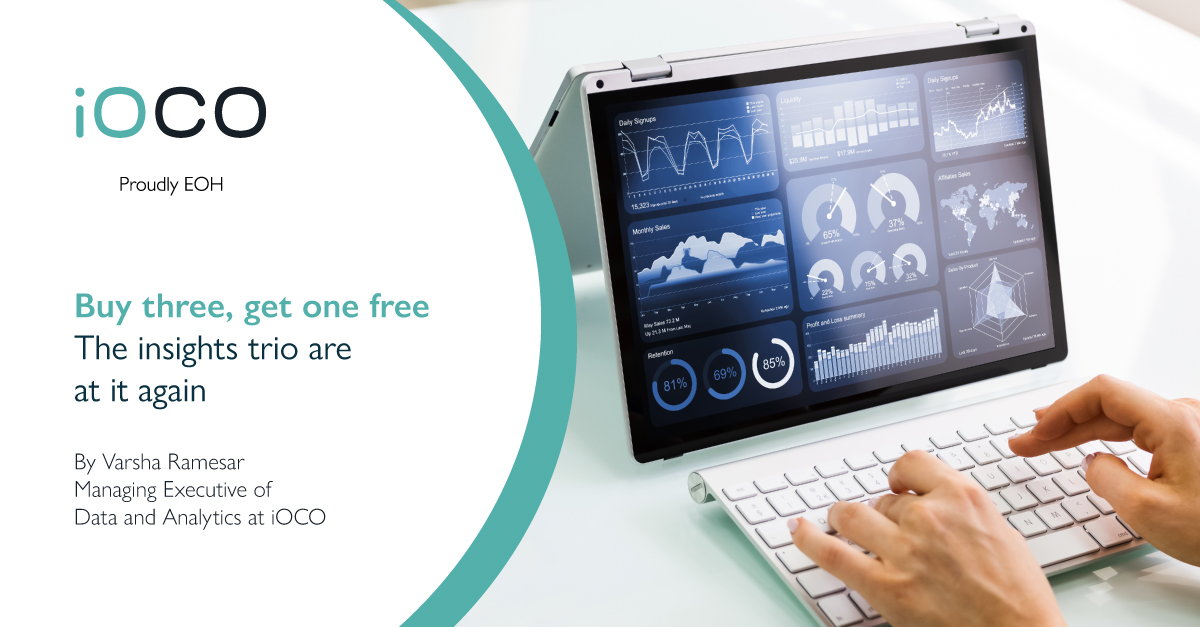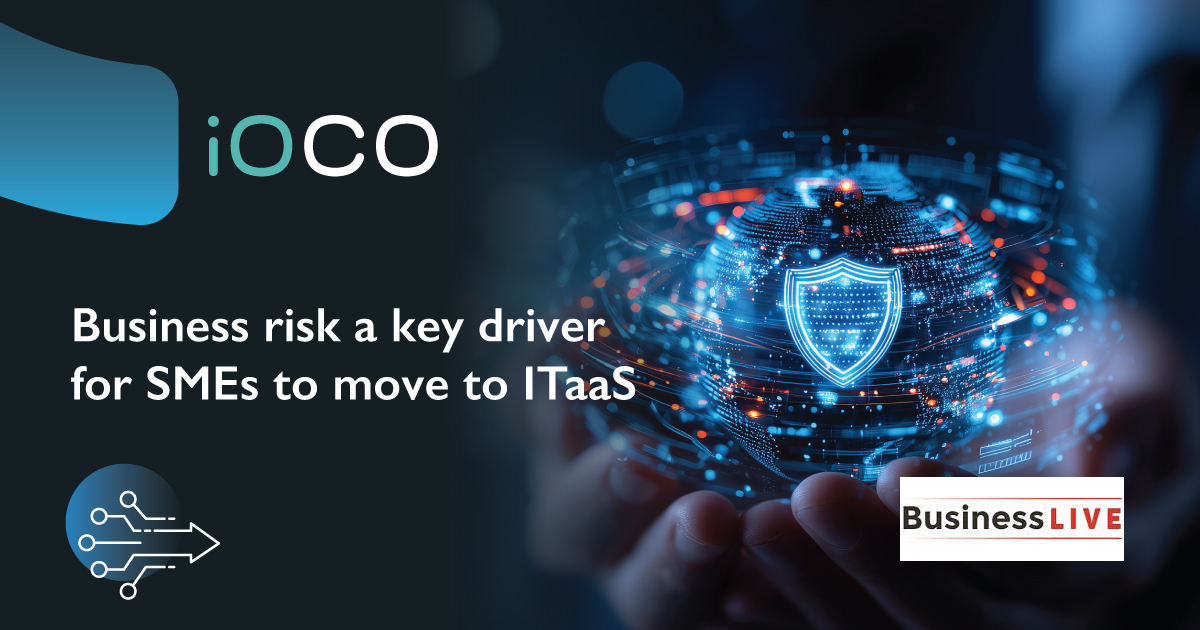The big data, analytics and business intelligence (BI) conversations have changed. They’ve moved on from asking what the business can do with its data, towards how the business can extract real value from this data and the solutions that surround it – BI and analytics. The result is a shift in how organisations approach the implementation of solutions as they look for ways in which they can leverage technology to squeeze value from the right data at the right time. However, there are still challenges limiting how well companies extract, use and manage their data.
Today, most companies are struggling to find the value in their data, analytics and BI investments because they lack strategy, cohesion and culture. The NewVantage Partners Big Data and AI Executive Survey 2021 found that less than half of companies found success when it came to driving innovation with data (48.5%), competing with analytics (41.2%), and managing data as a business asset (39.3%). They have also fallen at the hurdles of building a data culture (24.4%) within a data-driven organisation (24%). In short, companies want more from their data investments, but they aren’t finding routes through existing complexities to help them do so.
As Forrester points out in its recent report ‘Augmented BI Holds New Promises, But it’s Still Early Days’, it’s important to invest in tools that suit the context and the unique nature of the business, tools that are customised to fit the market, demographic and organisation size. With more than 40 vendors that offer niche services, this is not a reach – companies can find the right fit and build a platform that’s capable of meeting their specialised metrics and requirements. But before they can pick the tech, they need to refine the people and the strategy, which leads to the third challenge – accountability.
Strategic vision
The survey by NewVantage Partners found that 49% of organisations have no single point of accountability, while those that do have clearly marked data accountability roles are under pressure to evolve these to meet changing business demands. Many have found that data leaders are being pushed towards offence-oriented and revenue-generating data initiatives. This state of flux means organisations are still unsure as to where data fits within the business, or how to fully realise its potential. Extracting any kind of value from data requires that the business have a clearly defined strategic vision that ensures all investments, processes and programmes are aligned for both the long and the short term. It also expects leaders to actually use the analytics and BI tools to make decisions – the Talend survey found that 36% of executives who work with data every day still ‘go with their gut’. This is not the optimum route to data-driven success.
Extracting any kind of value from data requires that the business have a clearly defined strategic vision that ensures all investments, processes and programmes are aligned for both the long and the short term.
And that success is measurable, and does deliver real value to the business. As McKinsey highlights, advanced analytics and data intelligence can provide the business with reduced decision-making bias, provide new growth opportunities, identify early-stage trends, and help the business anticipate, and manage, complex market dynamics. This is a checklist that every business wants to tick, but it can only be achieved with the right approaches and with a company that focuses on data, culture and technology.
Q&A
Squeezing the value from the data orange.
Brainstorm: How can the business extract value from its data efficiently and sustainably? What are the technologies, the tools, and the best practice steps?
Rulof Burger, data scientist and economist, Predictive Insights: The establishment of a data architecture provides the foundation on which to build processes to extract insights and make predictions. Additional technologies and tools can then be built on top of this architecture, but if the data collection processes and storage are not good, then it’s essentially ‘garbage in, garbage out’.
Marilyn Moodley, country leader for South Africa and west, east, central Africa, SoftwareONE: Businesses need to conduct a data maturity assessment to understand where the company is right now and what their roadmap should be to get where they want to be. We still see many customers who need to focus on data modernisation because many of their data sources are still trapped in legacy systems.
Gary Allemann, MD, Master Data Management: DataOps supports cross-functional data analytics teams with an agile methodology to streamline the delivery of trusted, reliable analytics.Data quality remains a prerequisite for accurate insights.
Obakeng Dube, chief data and analytics officer, OFIN: Some critical aspects that will facilitate the extracting of value from data are: the efficient management of data, management of stakeholders, and ensuring data delivered is according to high-quality standards before it gets stored.
Heman Kassan, chief commercial officer, Technodyn International: Businesses can use analytics, especially when they’re fuelled by AI, to optimise process efficiencies rather than creating multiple point solutions. This is probably the most important thing that businesses can get from their data.
Brainstorm: What is the most valuable thing the business should be getting from its big data, analytics and BI?
Henry Adams, country manager, InterSystems South Africa: Artificial intelligence. Recent advances in these technologies, combined with the storage and high-performance computing capabilities of cloud providers, will dramatically transform today’s business landscape.
Jacques du Preez, CEO, Intellinexus: The organisations that can effectively harness data to support their business decision-making at every level will consistently outperform their peers. Broadly, organisations that use data and analytics effectively enjoy a slew of advantages, including improved efficiency and productivity, better and faster decision-making, improved financial performance, and the creation of new revenue streams.
Obakeng Dube, OFIN: One of the most valuable things businesses should be getting from big data, analytics and BI is that organisations are not just an interconnected web of nodes made up of customers and clients, products and services, various stakeholders, processes and systems, but, rather, a complex system made up of actors with their own biases and eccentricities, acting according to either well-defined or mal-defined rules in an attempt to gain the optimal value for all across the board.
Gert Koekemoer, head of analytics, Altron Systems Integration: Data comes in many forms – structured, semi-structured and unstructured – and from a huge variety of sources. The challenge facing many enterprises is the need to extract and present actionable insights quickly, from a constantly growing mountain of data.
Ronald Richman, chief actuary, Old Mutual Insure: Technology – using advances in machine learning and data collection that can deliver the value of data and recognise its potential as the new gold.
Brainstorm: How is data set to change over the next year? And what does this mean for the business?
Jon Jacobson, CEO, Omnisient: Data itself won’t evolve over the next year. What will evolve is how the smarter companies use data to gain a competitive edge through understanding their consumers’ lifestyle needs better, and, in turn, deliver more targeted, personalised offers and real value.
Tony Nkuna, senior presales solutions consultant, TechSoft International: Cloud-based BI will become mainstream. The advantages it provides include accessibility for remote users, scalability, elasticity, and speed of deployment. As local businesses become more comfortable moving large data sets to the cloud for backup and running applications, they are more likely to shift data warehouses and data analytics to the cloud environment.
Udhveer Sookraj, data integration specialist, Insight Consulting: I think we’re going to move to a different mentality altogether. If we look at Google’s methodology, it creates hives of data. Instead of trying to store the state and trying to mine the data, you reference the data. What this effectively means is that you build a library of knowledge as opposed to a filing cabinet of information.
Jeff Ryan, MD, AWCape: Each method has benefits and once the business is clear on its objectives, it must be engaged to determine the best technology approach.
Varsha Ramesar, managing executive of data and analytics, iOCO: Over and above the likes of data quality management and data discovery, AI and ML will continue to be a massive focus, as will augmented analytics.
Armed and on demand
Using big data, analytics and business intelligence to deliver an on-demand emergency and medical platform to customers.
Aura is billed as a smart personal safety platform that provides customers with fast and reliable private armed and medical response team data. The technology was built on the need for more efficiency within the South African security and medical industries to better combat crime and transform response times of first responders. It offers a quick and efficient way of finding the nearest medical and security response teams for customers, while providing the medical and security service providers with access to a growing client base. And it does all this by using millions of data points from thousands of services.
The company uses physical information gathered from on-the-ground responders alongside massive data collected from the security and emergency companies to proactively place first responders in areas that look like they may experience a surge in demand. As Grant McWilliam, Aura’s CTO, points out, there is immense value in the big data, analytics and business intelligence that power the platform.
“It allows us to pull out insights and information to form long-term strategic goals around the business and introduce efficiencies,” says McWilliam. “We built the business on the idea of a platform that could pull the data together from respondents and emergencies, classify it, and use it to create insights in the long run. The system is designed to clean the data at the outset, and we then classify the data and build the systems out from there.”
The data insights are then used to improve overall effectiveness in providing responses and analysing where the greatest need is, using the information to make sure the responders are in the right place at the right time. The company uses relational databases like QlikView to transform the time series data that forms a large component of the information gathered on the site and it provides visualisation tools and insights for people within the company. The company also uses a number of AWS pipeline and business intelligence tools to handle data storage and analytics.
Clean data
“The biggest thing for us it to find out what questions we should be asking so we can add value to the business,” says McWilliam. “We don’t want to implement a solution without a data driver behind it. The data analytics have to service the business – if they don’t have a practical use case, we move on. The goal is to burn the data candle on both ends so we can use the capacity to better serve our networks and customer safety.”
One of the most important elements is to ensure that the company has clean data to work with. The team doesn’t want inconsistencies as data quality can fundamentally impact the success of any data project. So, they use the company’s platforms across analytics and intelligence to ensure that decision-making is done with clean and relevant data.
“It’s paid off,” says McWilliam. “We’ve managed to develop a clean set of data that we can use to pull valuable insights out of, actively transforming processes and showing value. We are constantly assessing our data and making sure it moves us forward, ensuring that the analytics and intelligence are being used to answer the right questions and solve the right problems.”



